Spring Tree Care Checklist for Minnesota Homeowners
Welcome your trees back from their winter slumber with a little love and care. Spring is an important time for the trees and shrubs in your landscape as they emerge from dormancy and prepare to pop with buds and new leaf growth. Optimal health also helps trees withstand tough summer conditions like drought, storms, or excess rainfall. In Minnesota, tree species have adapted to make the most of our short summers. These tips from our experts can help your landscape get off to a great start–no matter what summer weather may bring!
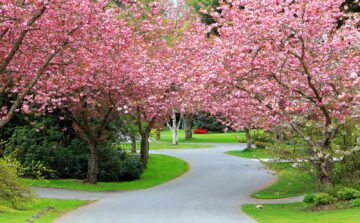
Our experts made this simple checklist to help you get the most from spring clean up in your Twin Cities yard:
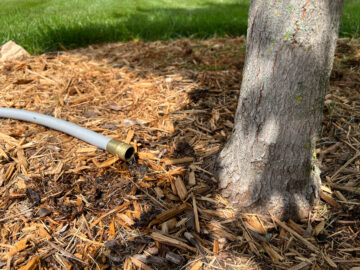
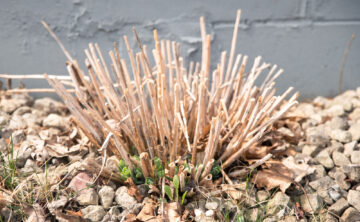
- Thoroughly water trees and shrubs growing near walkways, roads, or other areas where de-icing salts have been used.
- Fungal diseases can survive over winter on fallen infected leaves, so clearing them can reduce the number of fungal spores near your trees.
- If your tree has struggled with fungal diseases like apple scab or anthracnose in the past, this is especially important
- Skip the yard waste bags! Gather compostables like twigs or leaves and follow the University of Minnesota’s guide on backyard composting.
- Remove dead or broken limbs that can be safely reached, using proper pruning techniques.
- Potential hazards should be addressed by an ISA Certified Arborist before summer thunderstorms roll in!
- Prune shrubs to remove frostbite, burns from road salt, or rodent damage.
- Start mulch at least 3 inches away from the tree’s trunk.
- Mulch should be approximately 3-5 inches deep.
- Never pile mulch high on the tree’s trunk, or it will cause rot.
- Check out our guide on the Mulching Benefits for Trees and how to mulch properly.
How can I protect my trees from insects and diseases?
Why is professional pruning so important to keeping my trees healthy?
Pruning affects the tree for its entire life. For this reason, experts caution against pruning trees yourself. Improper pruning will reduce the tree’s aesthetic value, increase its hazard potential, and shorten the tree’s lifespan. Professionals also have the right equipment and training to access hard to reach spots safely!
Pruning tips to keep in mind:
- Young trees should be pruned every 1-3 years to ensure they grow with a good structure.
- Shrubs should be pruned regularly to maintain their desired size, maximize their flowering potential, and support their ability to naturally regenerate.
- Most mature trees can be pruned any time of year to reduce potential risks from storm damage, or to address breakage from wind, lightning, or other events.
How can I identify potential risks that my tree might be dangerous?
Additional frequently asked questions about trees in the spring
How do trees know when to leaf out and begin photosynthesis in the spring?
Trees respond to shorter nights and longer days in spring, as well as the increase in temperature.
Why isn’t my tree leafing out yet?
Different tree species leaf out or “break buds” at different times in the spring. Your tree may be a late leafer if you have an oak, ash, or walnut. If you notice shriveled or unhealthy-looking buds or new leaves, it may be a sign of a health problem, and you should consult a certified arborist to have it evaluated.
Why is mulch so good for my tree and what happens if it is installed incorrectly?
Mulch helps conserve moisture and facilitates the slow release of nutrients as it breaks down. When installed incorrectly, like a volcano-shaped mound that touches the tree’s base, it will rot the trunk and cause fatal damage.
Notice a larger issue during your spring clean-up?
If you find anything troubling during your spring clean up, our ISA Certified Arborists can help. In fact, we can manage everything to keep your trees and shrubs healthy and looking their best. Contact us to schedule a consultation today!
Other items you may be interested in:
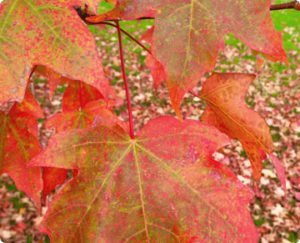
Fall Tips for Trees in the Twin Cities
Fall is the time when you prepare your yard for the cold winter months ahead.
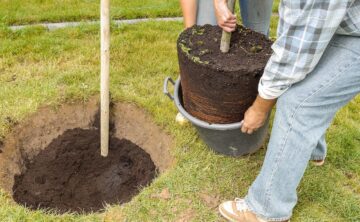
Tree Planting Basics for Minnesota Homeowners
There’s an old saying, “The best time to plant a tree is twenty years ago.” While it makes a humorous point about how long it
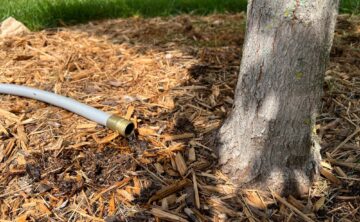
Do I Need to Water My Trees & Shrubs in Minnesota?
The answer depends on the age of the tree or shrub. Newly planted trees and shrubs need regular watering for approximately two years to help



